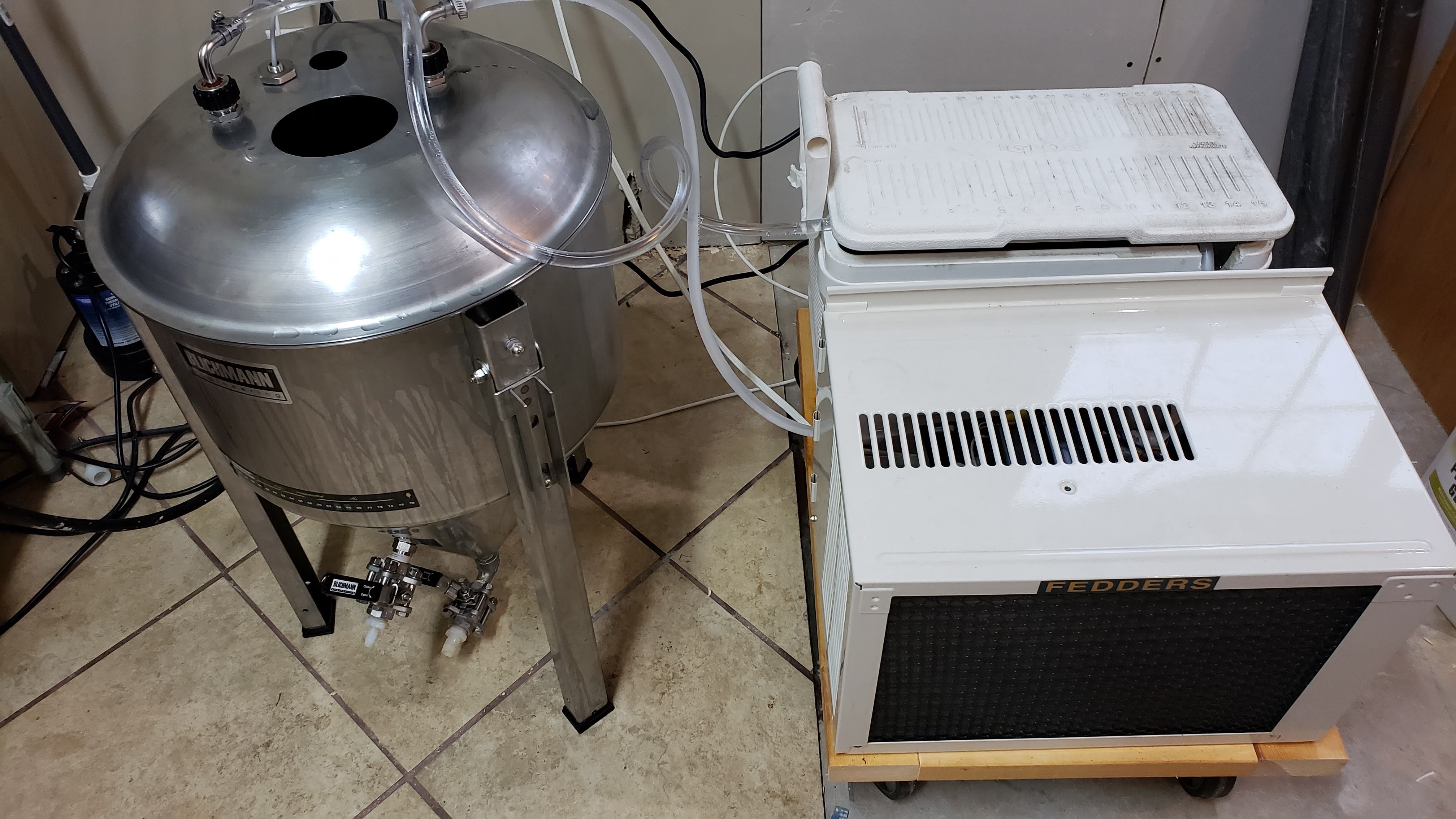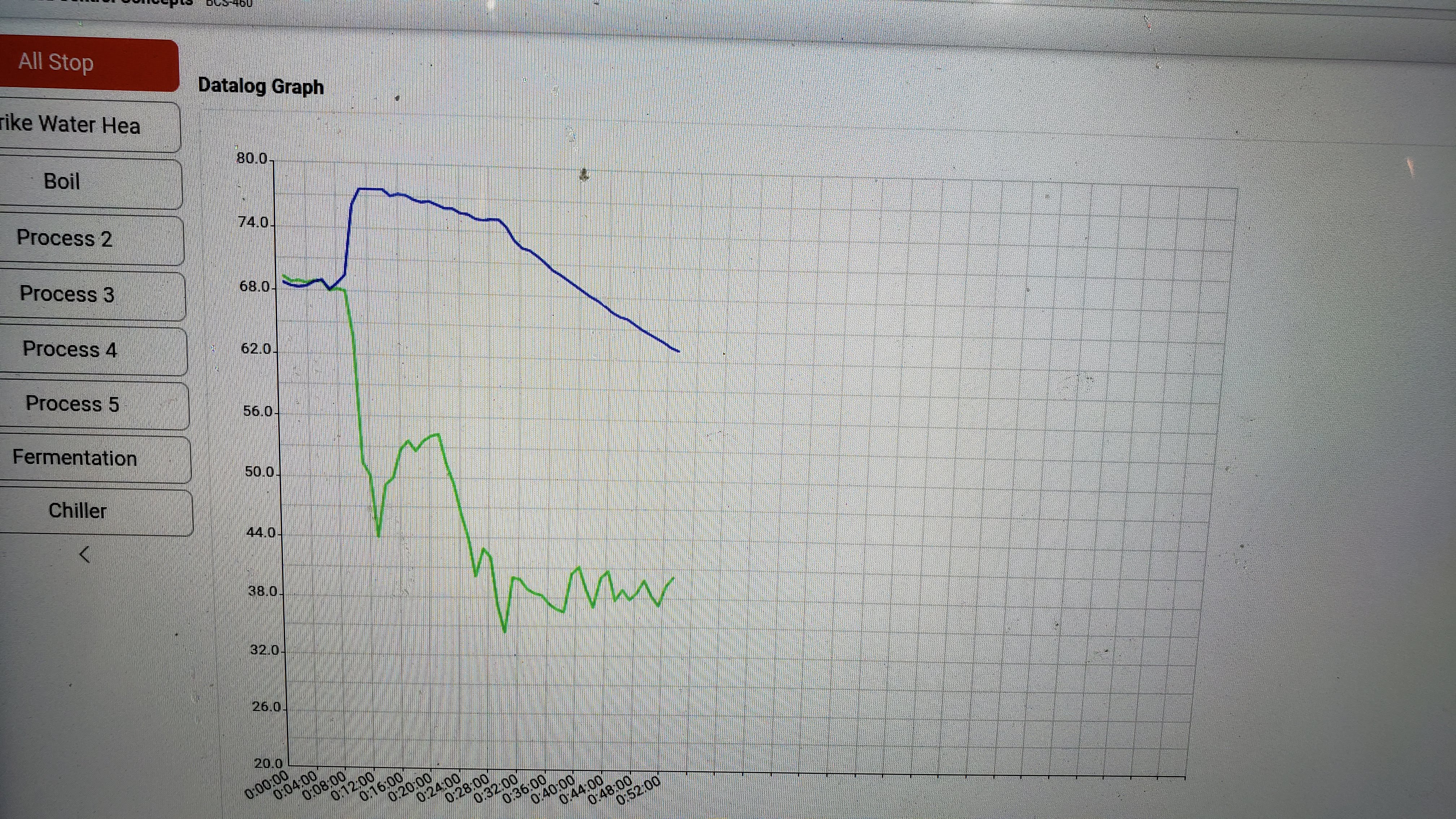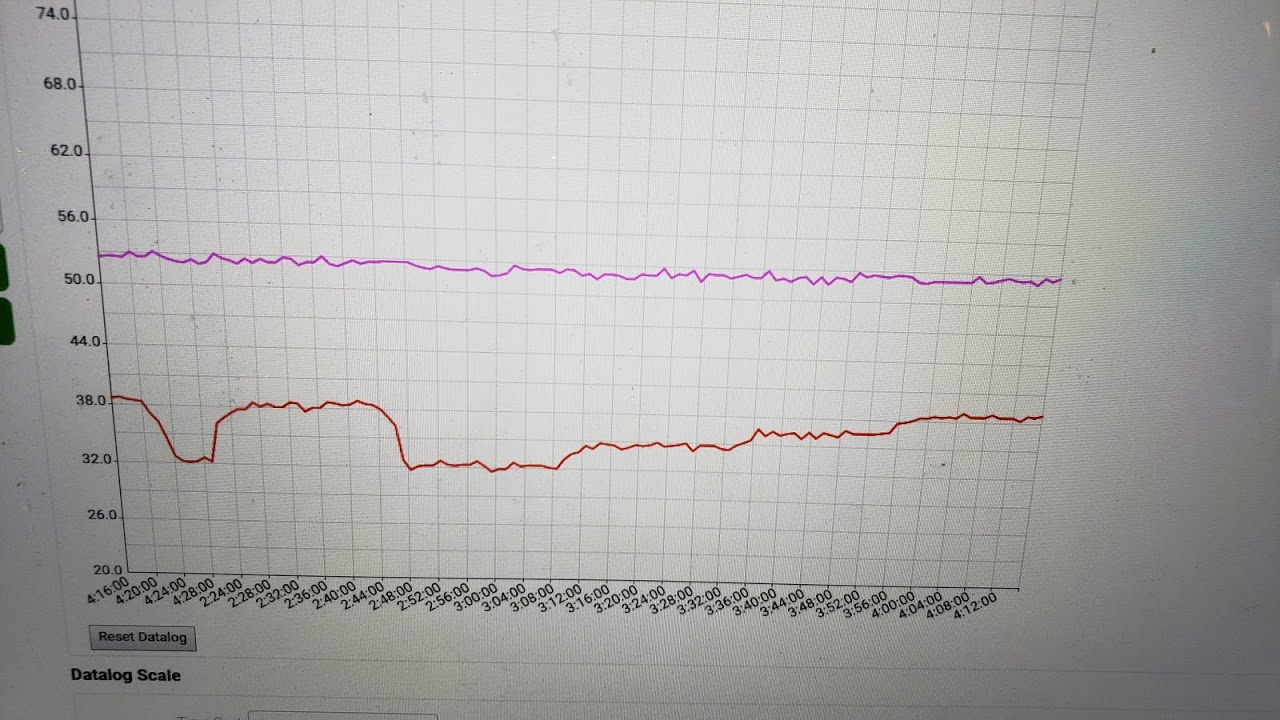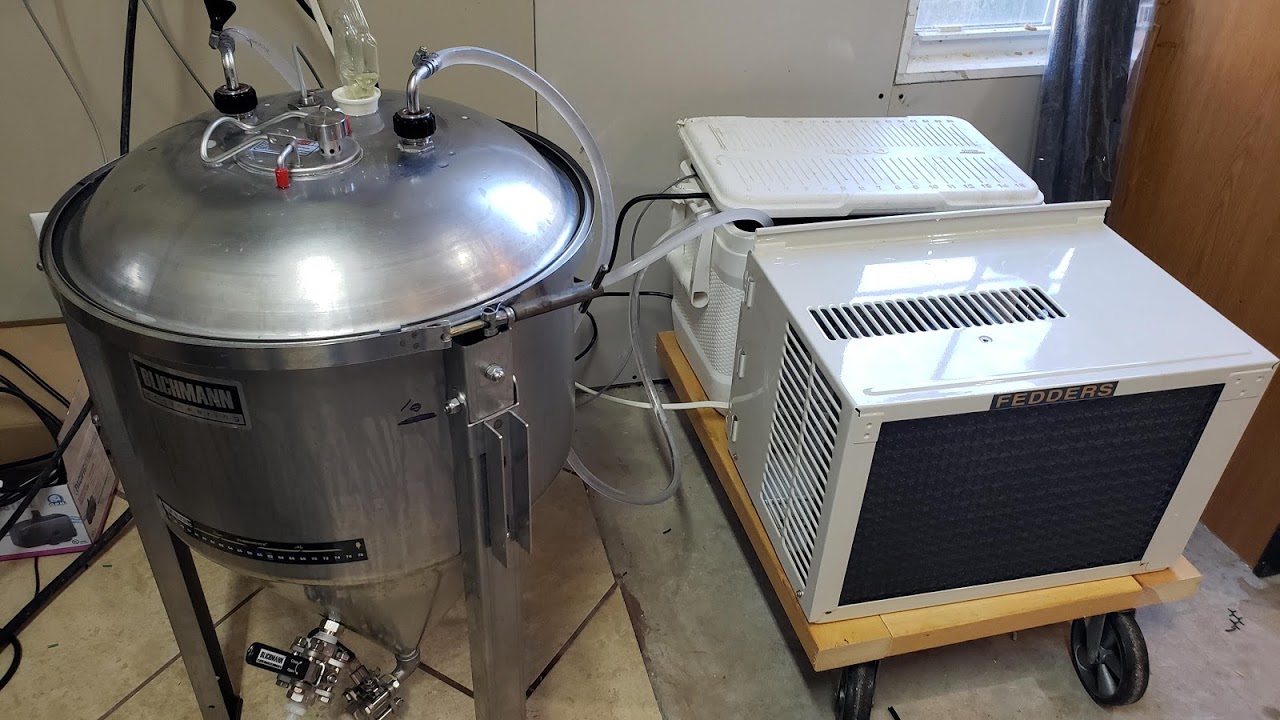Those help a whole lot. The way this is wired when the 'controller' decides that it wants cooling it energizes the blue wire. Thus the high level test involves taking off the blue wire, attaching a voltmeter between the pin you took it from (on the board) and neutral (or ground) and adjusting the controller (temperature set point) to a value well lower than the room temperature. Before disconnecting the blue wire find the overload and make sure it is closed (reads 0 ohms across its terminals).
Lowering the thermostat setting should cause the thermostat to close and the controller to put voltage on the blade to which the blue wire connects. If this does not happen then the controller or transformer is defective. About all you can do from there is check the transformer.
If the controller does put voltage on the blue wire pin then it is working properly and you can proceed to check the cap. There are two sections: 5 and 25 uFd. Remove the wires from the cap before testing it but be sure to make notes or take pictures to allow you to get the wires back onto the right terminals. This is critical. If the cap passes then move on to check the compressor winding resistances. Check between the ends (at the capacitor) between the blue wire and the black wire and between the blue wire and the red wire. You should get a reading of a few ohms for each. The blue/red reading should be higher than the blue/black reading. A reading of OL or infinity for both would suggest the overload is open in which case you should double check that.
Lowering the thermostat setting should cause the thermostat to close and the controller to put voltage on the blade to which the blue wire connects. If this does not happen then the controller or transformer is defective. About all you can do from there is check the transformer.
If the controller does put voltage on the blue wire pin then it is working properly and you can proceed to check the cap. There are two sections: 5 and 25 uFd. Remove the wires from the cap before testing it but be sure to make notes or take pictures to allow you to get the wires back onto the right terminals. This is critical. If the cap passes then move on to check the compressor winding resistances. Check between the ends (at the capacitor) between the blue wire and the black wire and between the blue wire and the red wire. You should get a reading of a few ohms for each. The blue/red reading should be higher than the blue/black reading. A reading of OL or infinity for both would suggest the overload is open in which case you should double check that.




















![Craft A Brew - Safale S-04 Dry Yeast - Fermentis - English Ale Dry Yeast - For English and American Ales and Hard Apple Ciders - Ingredients for Home Brewing - Beer Making Supplies - [1 Pack]](https://m.media-amazon.com/images/I/41fVGNh6JfL._SL500_.jpg)









































